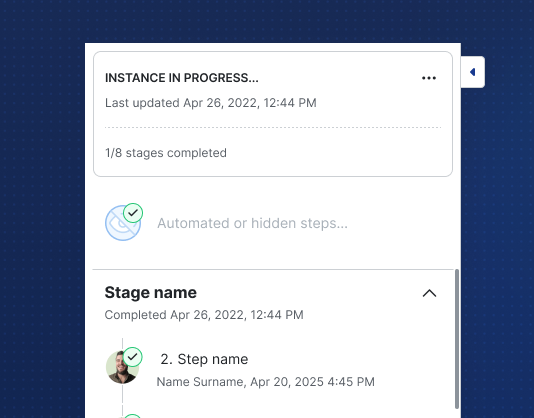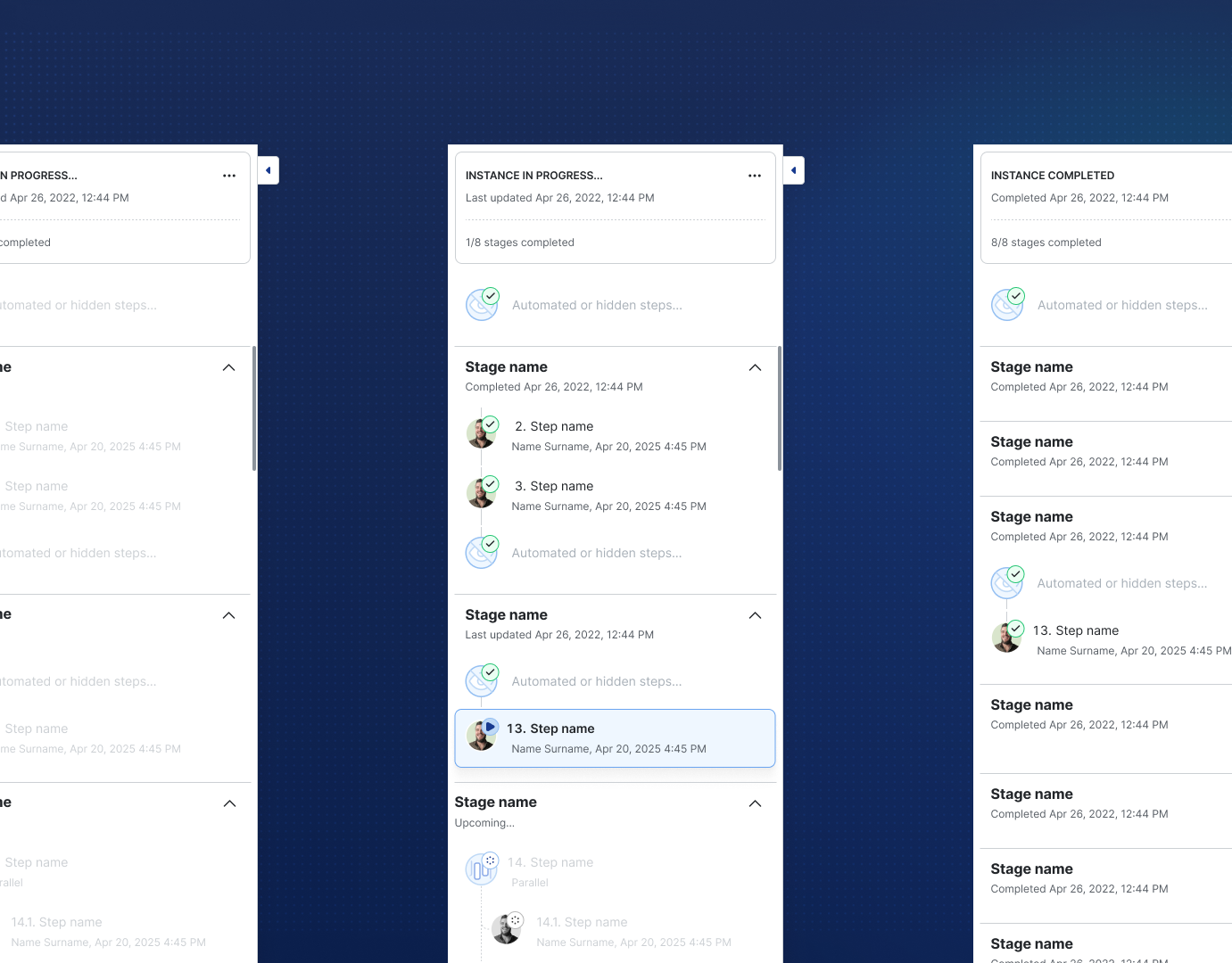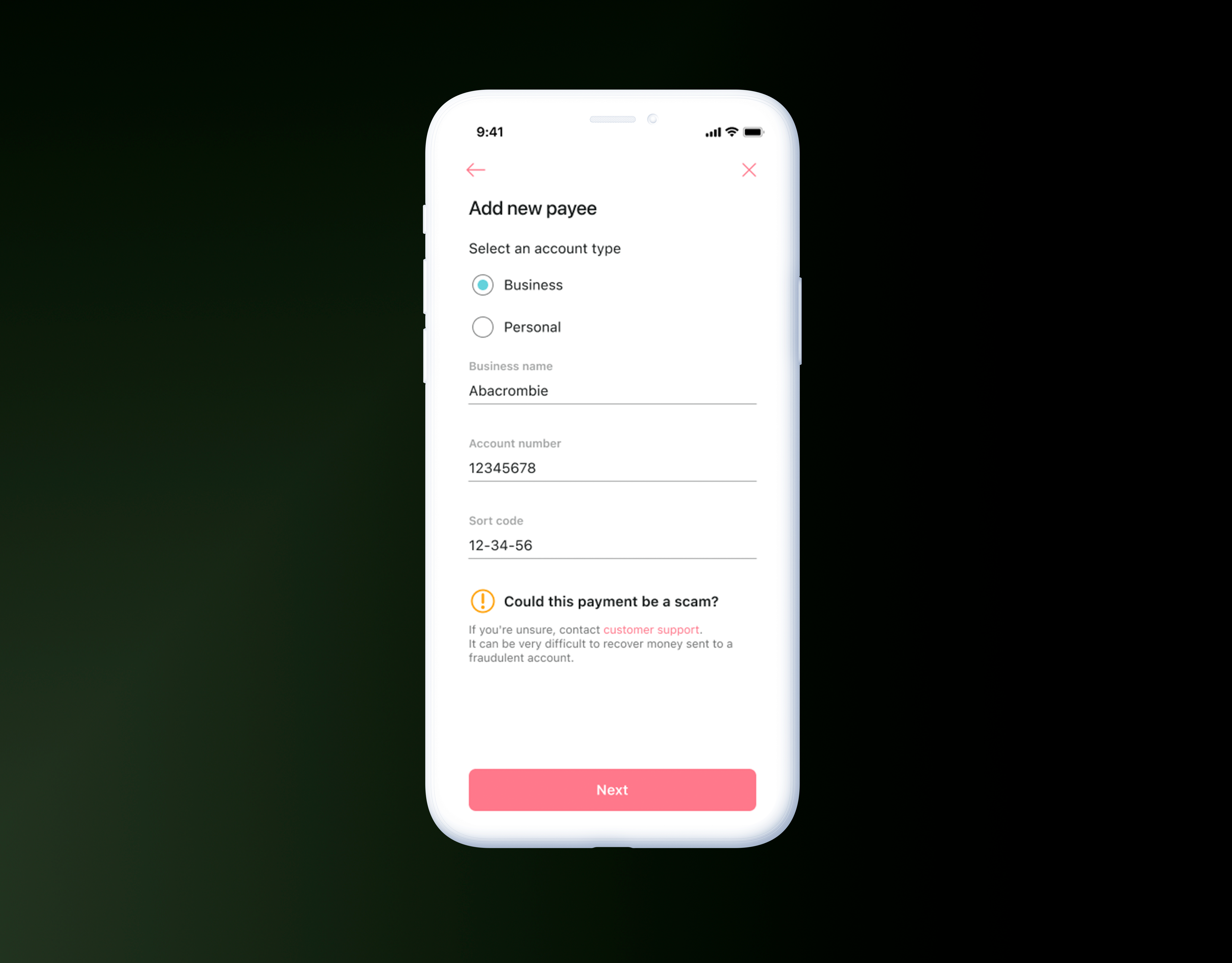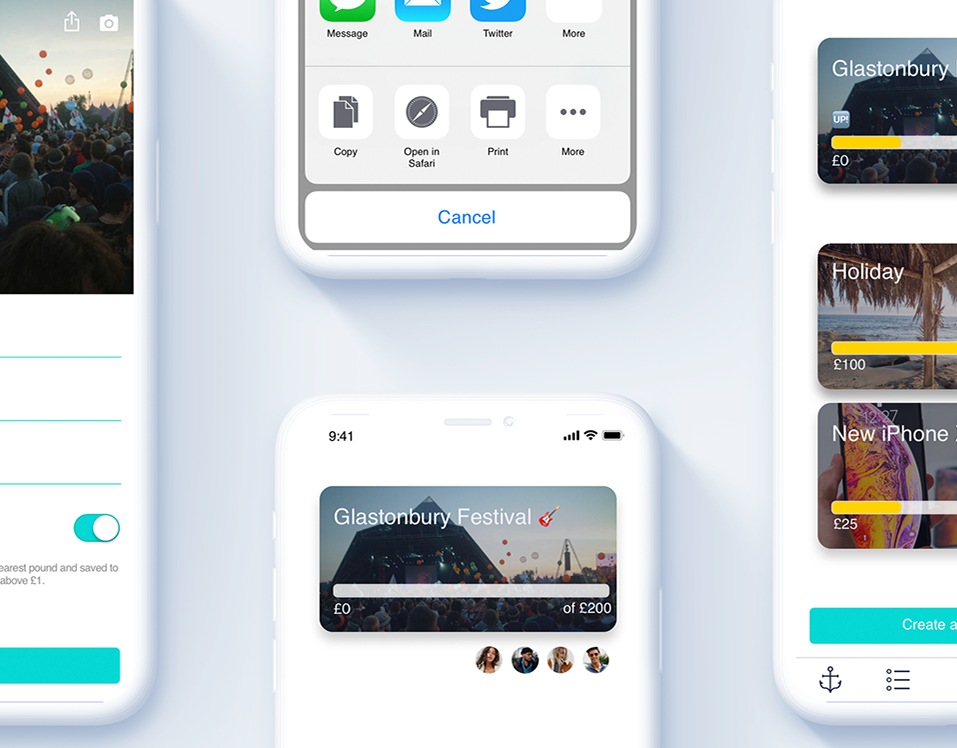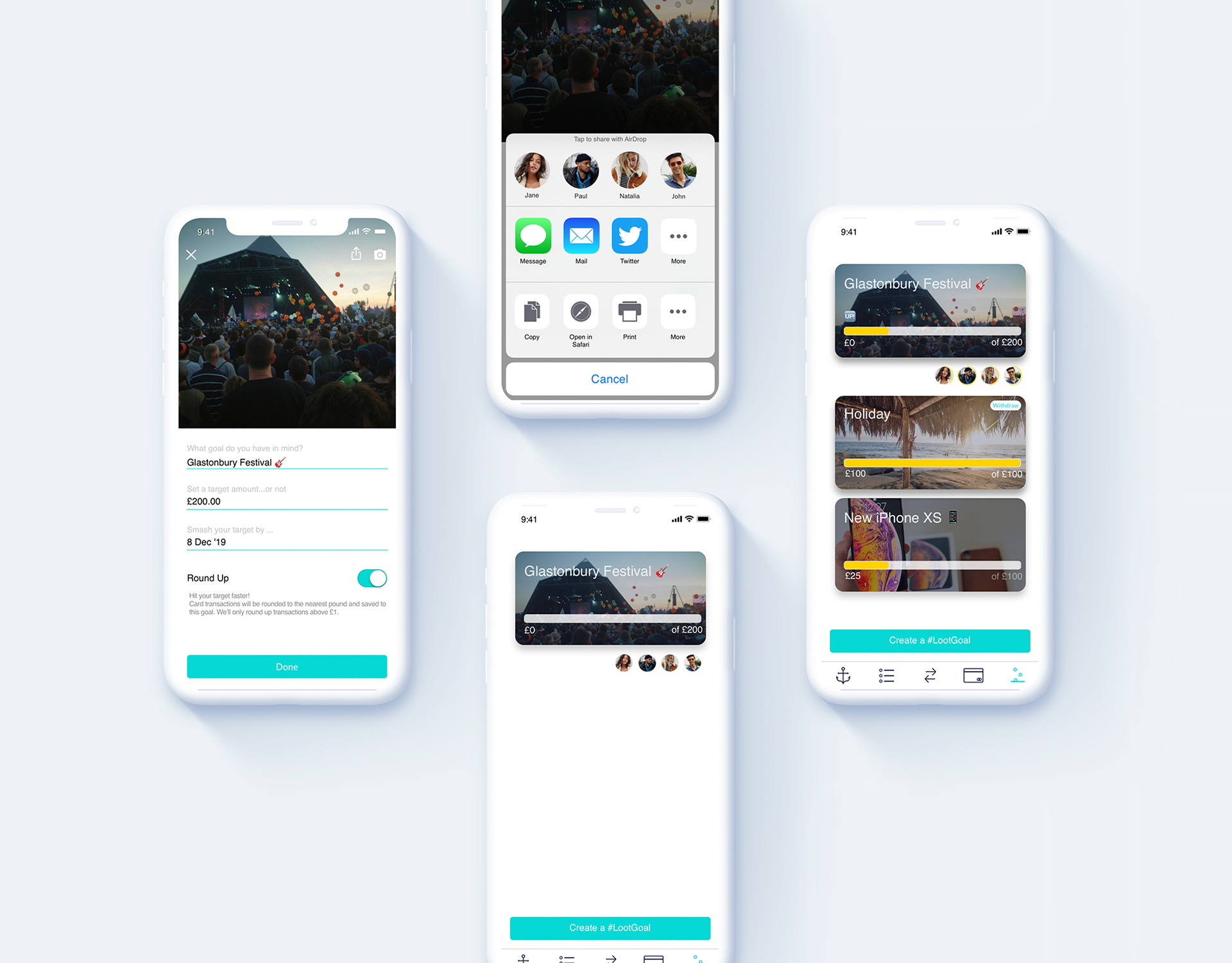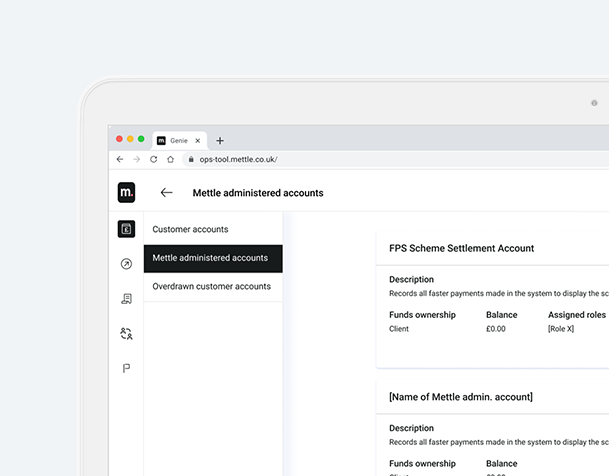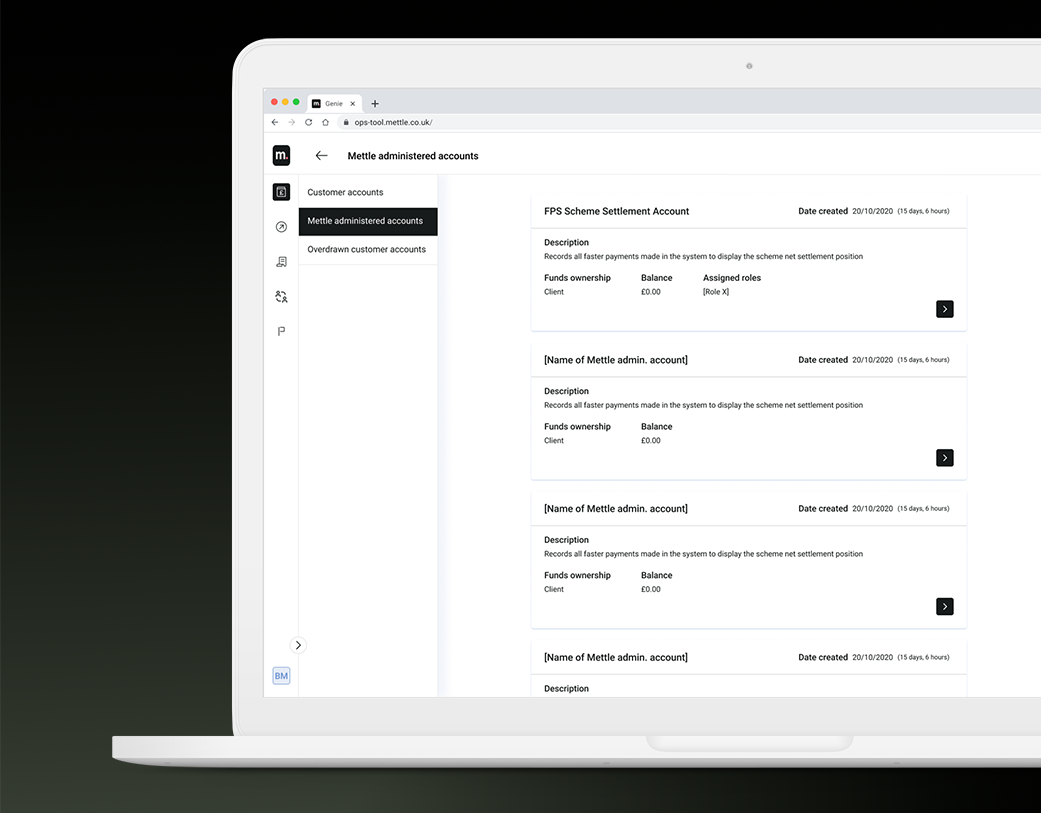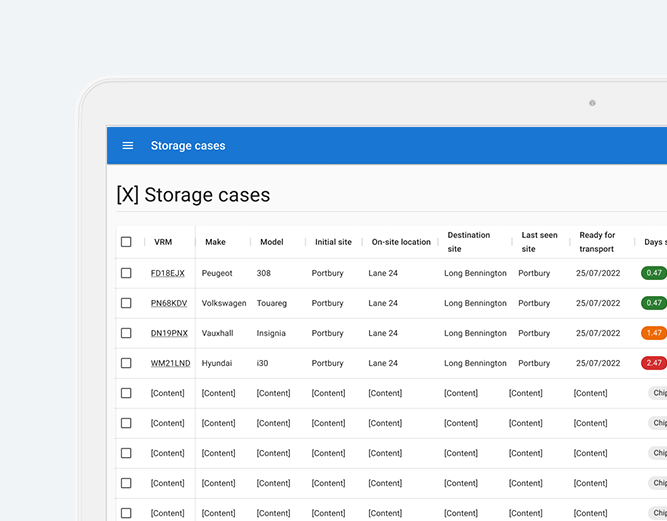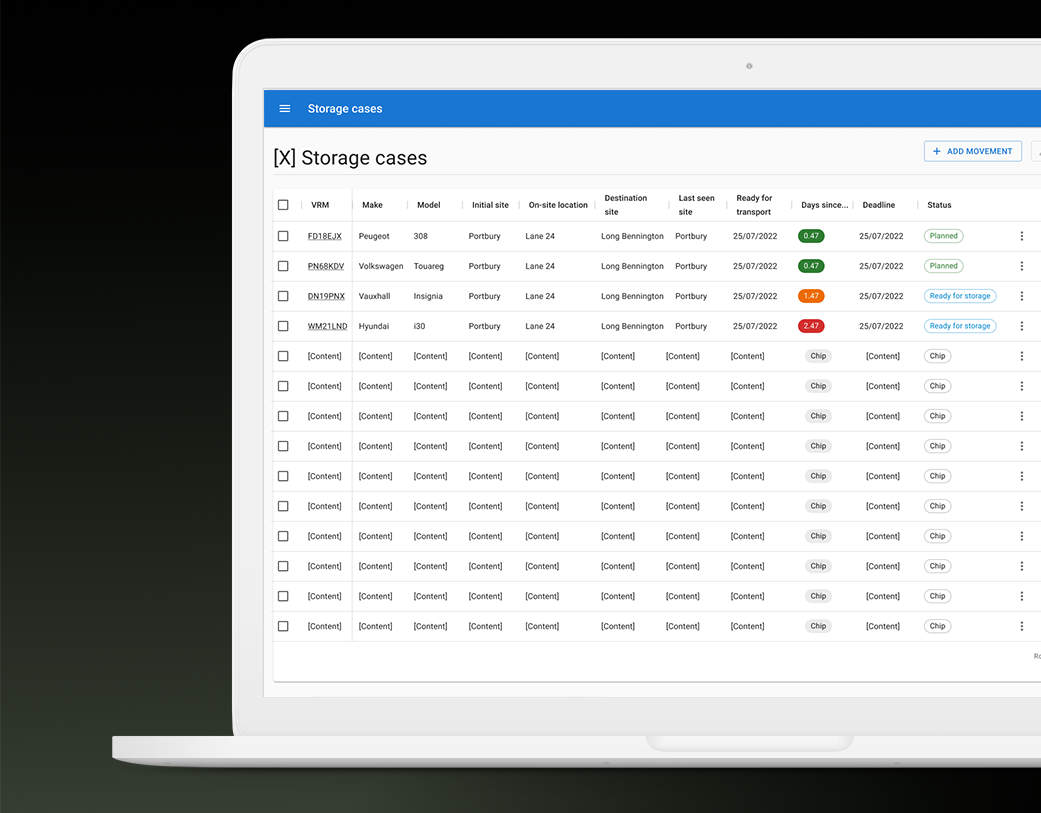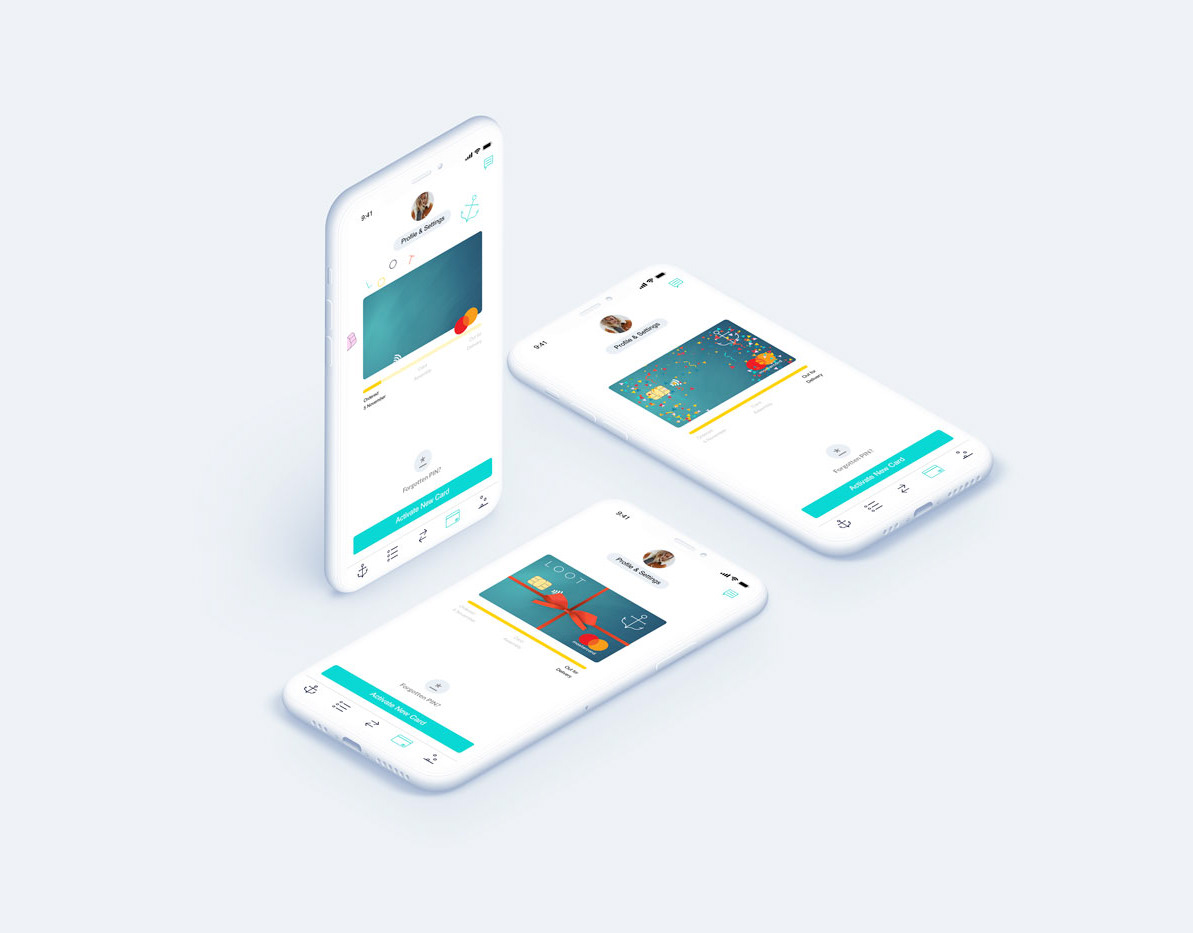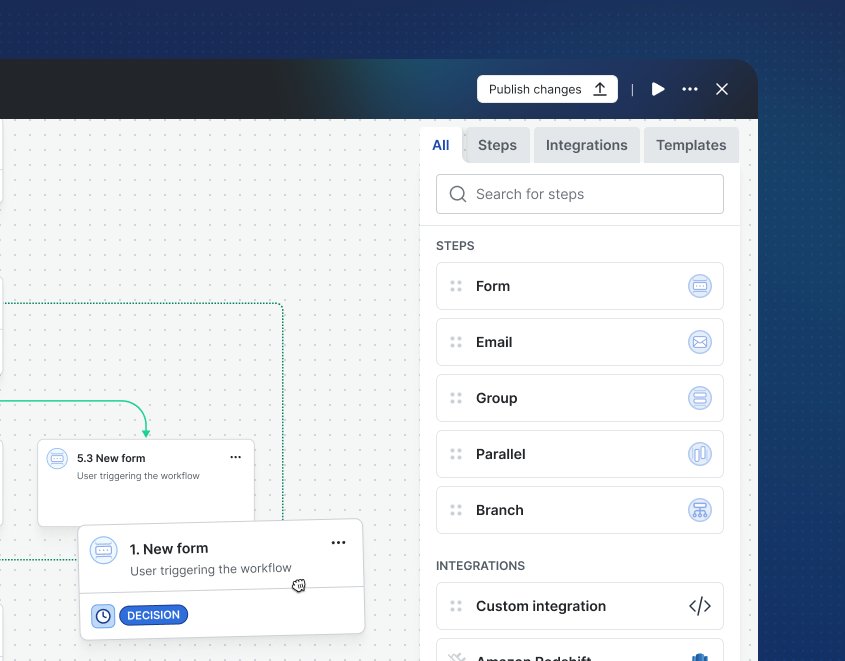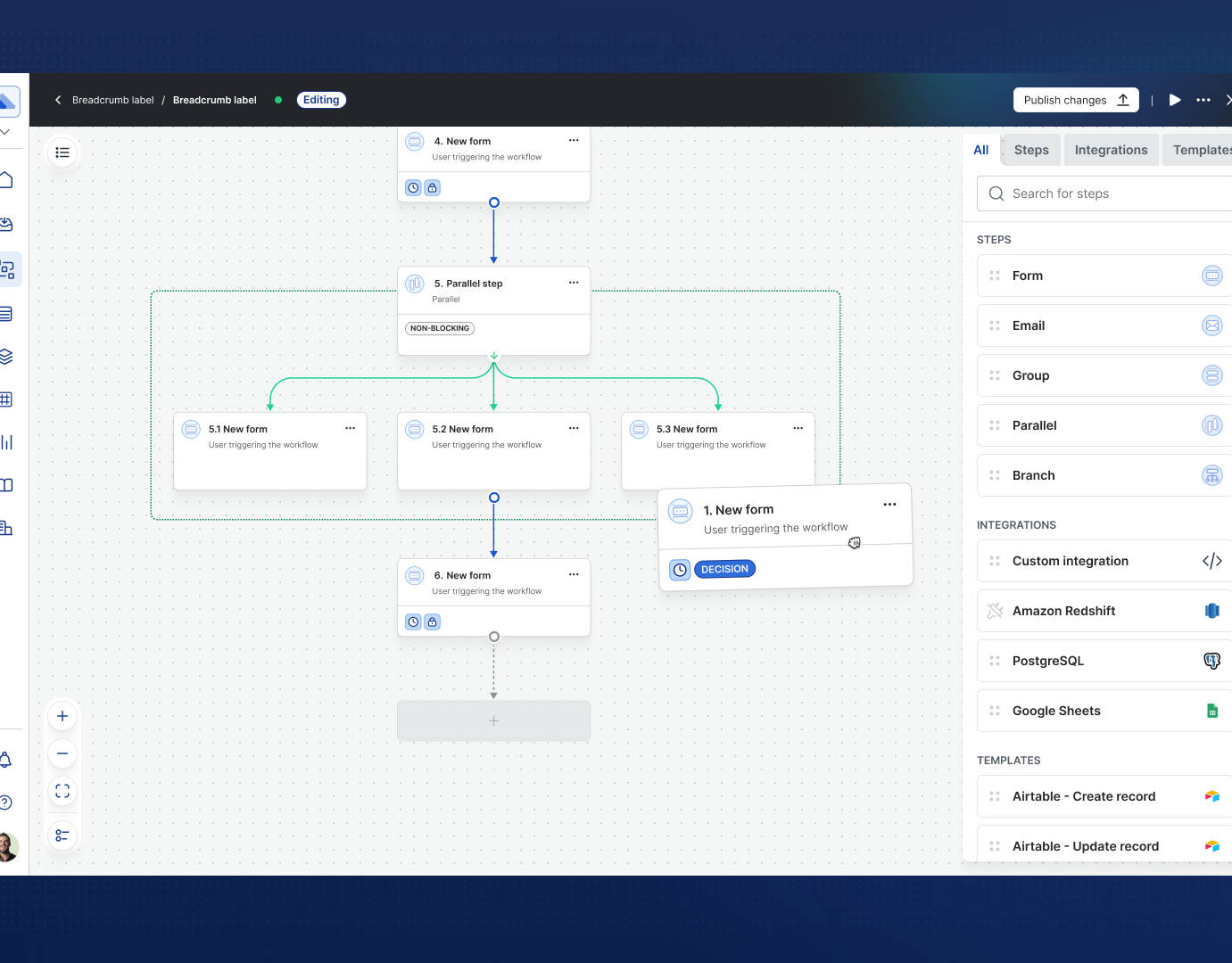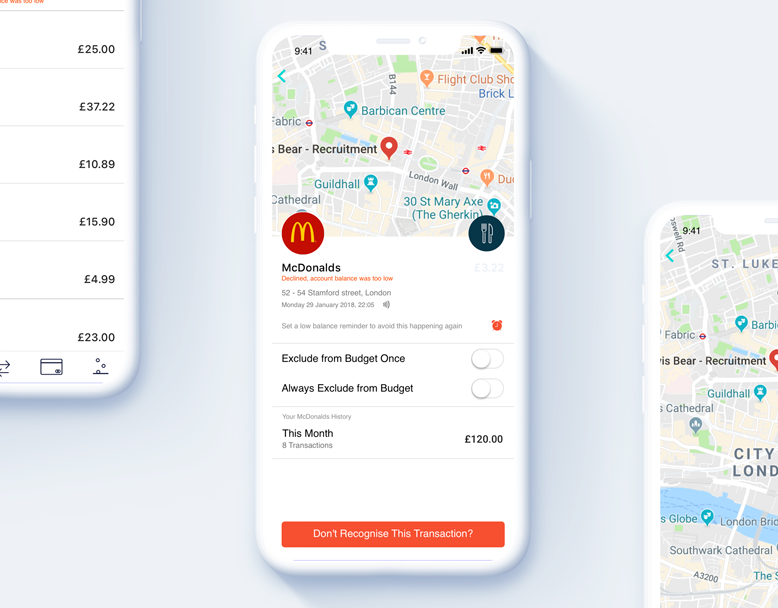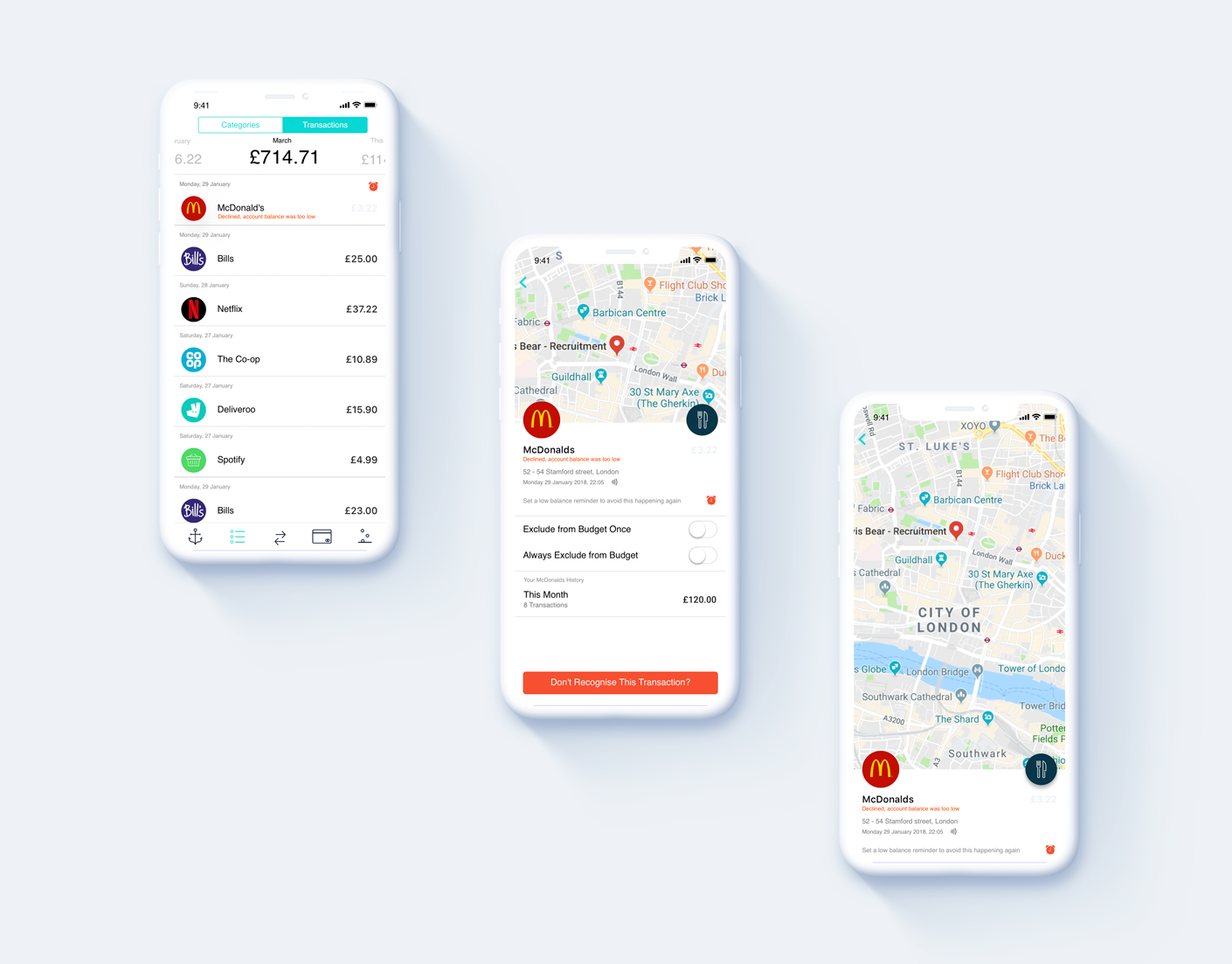Project overview
At Next Matter, a fully remote operations automation platform, I led the effort to design and implement a scalable design system that could serve as the backbone for future product development. The challenge wasn’t just creating components — it was aligning distributed teams to deliver consistently, quickly, and with confidence.
Role: My role was to define system goals, set milestones, and guide cross-functional alignment between design and engineering. Leveraging prior experience scaling design systems at Mettle and Cazoo I focused on building a foundation that balanced usability, maintainability, and scalability for a growing enterprise platform.
Focus: Design systems, cross-functional collaboration
Problem statement
As Next Matter scaled its enterprise offering, product and engineering faced two core issues:
Fragmentation: Different designers and engineers created ad-hoc solutions, leading to inconsistent interfaces and higher maintenance overhead.
Remote collaboration challenges: With teams spread across Europe, misalignment on standards slowed progress and increased duplicate work.
The business needed a single source of truth to:
• Enable faster product delivery.
• Improve usability for enterprise customers.
• Reduce overhead for remote teams working asynchronously.
• Enable faster product delivery.
• Improve usability for enterprise customers.
• Reduce overhead for remote teams working asynchronously.
Process
Discovery & Audit
• Reviewed existing UI patterns and identified inconsistencies across flows.
• Interviewed engineers and PMs to understand pain points in handoffs.
• Benchmarked against established systems (Material, Atlassian) for scalability.
• Reviewed existing UI patterns and identified inconsistencies across flows.
• Interviewed engineers and PMs to understand pain points in handoffs.
• Benchmarked against established systems (Material, Atlassian) for scalability.
System Design
• Built a modular design system in Storybook, documented with usage guidelines.
• Established tokens, atoms, and molecules with clear rules for accessibility and responsiveness.
• Created async-friendly documentation so remote teams could onboard without live walkthroughs.
Collaboration & Remote Enablement
• Ran bi-weekly design reviews
• Partnered with engineering leads to align on naming conventions and code integration.
• Delivered “self-serve” Figma libraries, reducing bottlenecks for distributed contributors.
• Ran bi-weekly design reviews
• Partnered with engineering leads to align on naming conventions and code integration.
• Delivered “self-serve” Figma libraries, reducing bottlenecks for distributed contributors.
Solution
The Design Matter system became the foundation for product delivery at scale:
• Unified component library across Figma and code, ensuring design-dev parity.
• Clear documentation to ensure distributed teams could use the system autonomously.
• Centralised updates: enabling one change to cascade across the product.
• Clear governance model via the Design System Committee, ensuring scalability and accountability.
• Progressive rollout: beginning with foundational atoms, then scaling up to more complex patterns.
• Unified component library across Figma and code, ensuring design-dev parity.
• Clear documentation to ensure distributed teams could use the system autonomously.
• Centralised updates: enabling one change to cascade across the product.
• Clear governance model via the Design System Committee, ensuring scalability and accountability.
• Progressive rollout: beginning with foundational atoms, then scaling up to more complex patterns.
Outcomes
The system set the foundation for:
• Faster design and development cycles by eliminating redundant work.
• Improved product cohesion: a consistent look and feel across all pages and teams.
• Near-zero duplicate design debt — teams could ship with confidence
• Improved async collaboration: Designers and engineers delivered in sync without adding more meetings.
• Positioned Next Matter to support enterprise-level growth with consistency and scalability.
• Faster design and development cycles by eliminating redundant work.
• Improved product cohesion: a consistent look and feel across all pages and teams.
• Near-zero duplicate design debt — teams could ship with confidence
• Improved async collaboration: Designers and engineers delivered in sync without adding more meetings.
• Positioned Next Matter to support enterprise-level growth with consistency and scalability.
Key learnings
• Start small, scale up: Focusing on atoms first created a stable foundation for future complexity.
• Shared language is critical: Aligning naming conventions reduced friction dramatically.
• Systems accelerate scale: Design systems aren’t just for consistency; they unlock speed and trust across remote, distributed teams.
• Governance matters: A design system isn’t just components; it requires people, processes, and accountability.
• Strong foundations enable autonomy: By investing in reusable components and clear guidance, the design team created space for engineers to deliver independently.
• Shared language is critical: Aligning naming conventions reduced friction dramatically.
• Systems accelerate scale: Design systems aren’t just for consistency; they unlock speed and trust across remote, distributed teams.
• Governance matters: A design system isn’t just components; it requires people, processes, and accountability.
• Strong foundations enable autonomy: By investing in reusable components and clear guidance, the design team created space for engineers to deliver independently.
